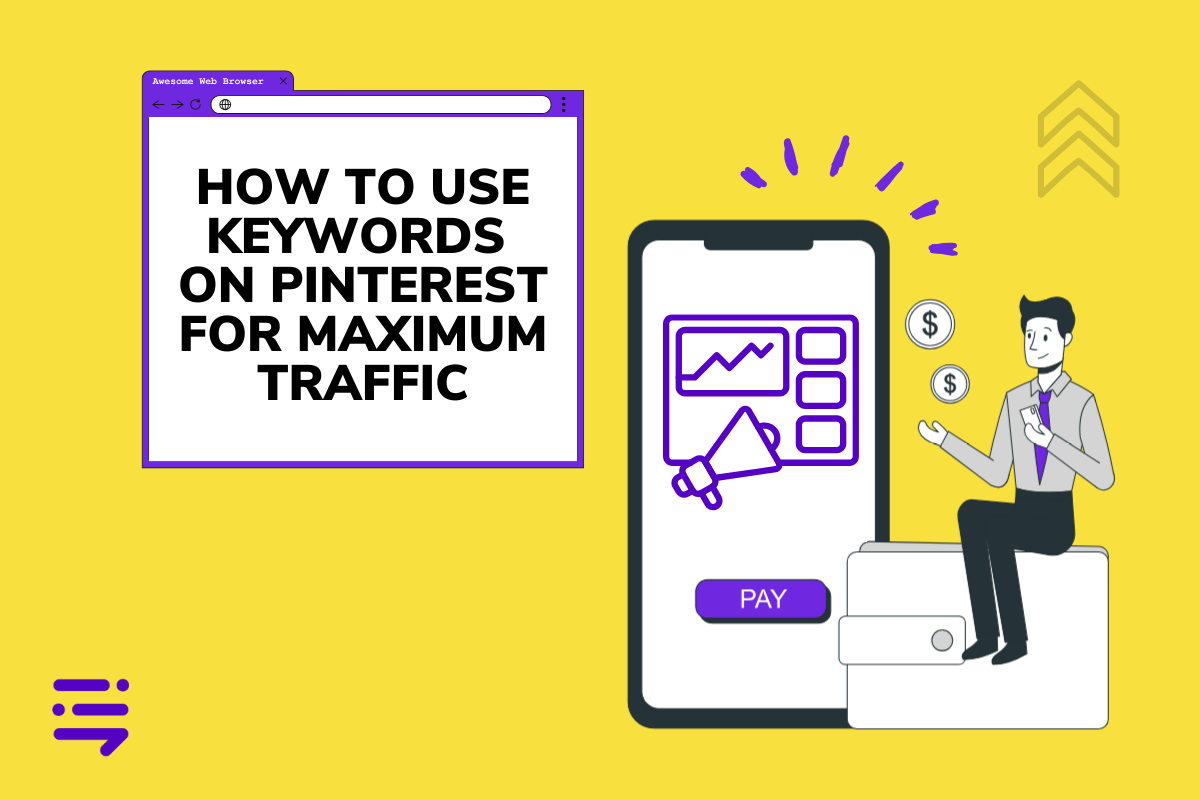
Handling Sensitive Information Training
Develop training methods that will ensure employees are equipped to handle sensitive customer information securely and confidentially, which is important for protecting customer privacy and maintaining trust. The benefits of this include reducing the risk of data breaches and potential legal consequences, as well as enhancing customer satisfaction and loyalty.
Related Blog Articles

How to Whitelist Email Addresses in Gmail
Tired of important emails getting lost in the spam folder? You’re not alone! If you’re missing messages from clients, newsletters you love, or updates from your favorite sites, it might be time to whitelist those email addresses in Gmail. Google blocks 10 million emails per minute and tries to guarantee that less than 0.1% of […]

Can You Recover Deleted Emails? Here’s How to Get Them Back
Accidentally deleted an important email? Don't panic! Learn how to recover deleted emails from various providers like Gmail, Outlook, and Yahoo.

Google’s AI Overviews: The Future of Search
Learn how Google's AI overviews transform search results with concise summaries, improving user experience and changing SEO strategies.

How to Use Keywords on Pinterest for Maximum Traffic
Learn how to use keywords on Pinterest effectively and boost your visibility. Discover strategies for better engagement and traffic today!

How to End an Email and Leave a Lasting Impression
Learn how to end an email professionally with our expert tips and examples. Discover the best email sign-offs for any situation and make a great final impression.

How to Write an Email to a Teacher: A Student’s Guide
Learn how to write an email to your teacher with our step-by-step guide. Improve communication and get the help you need!

